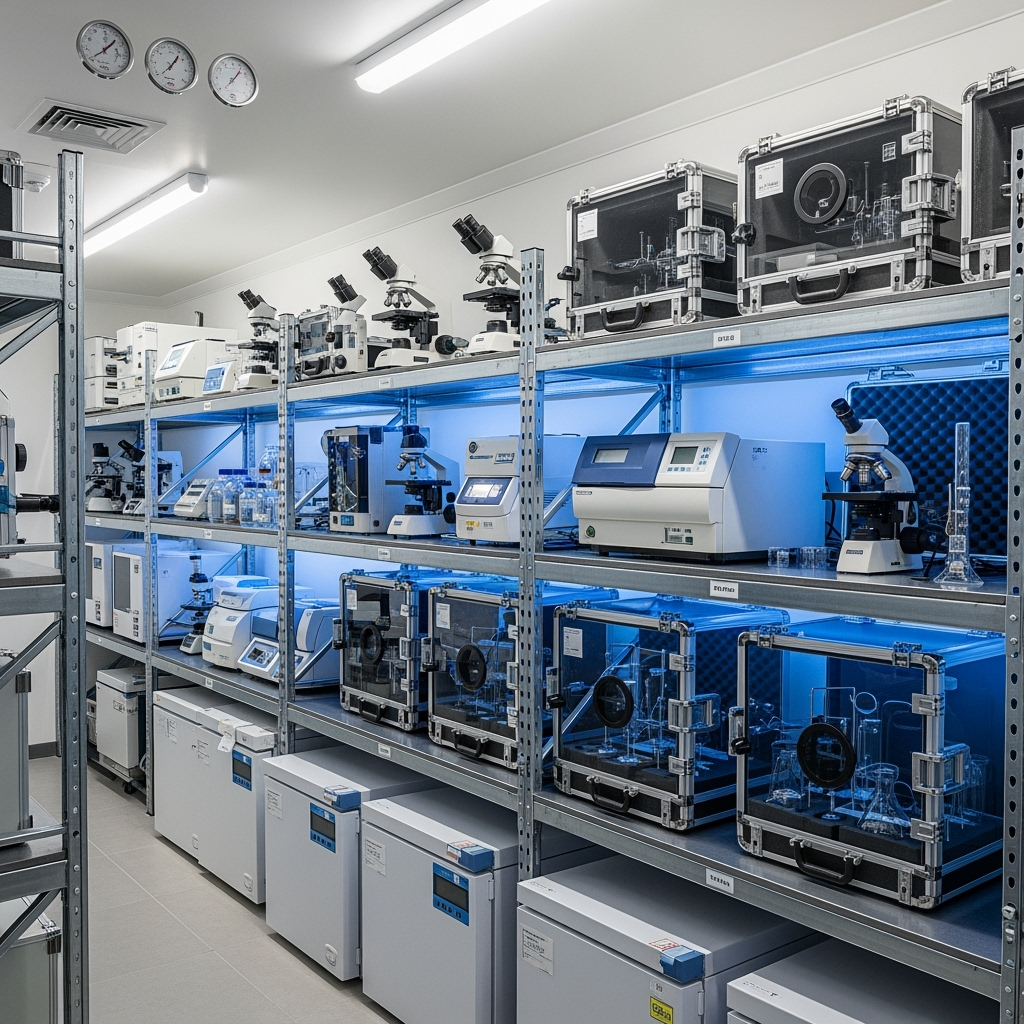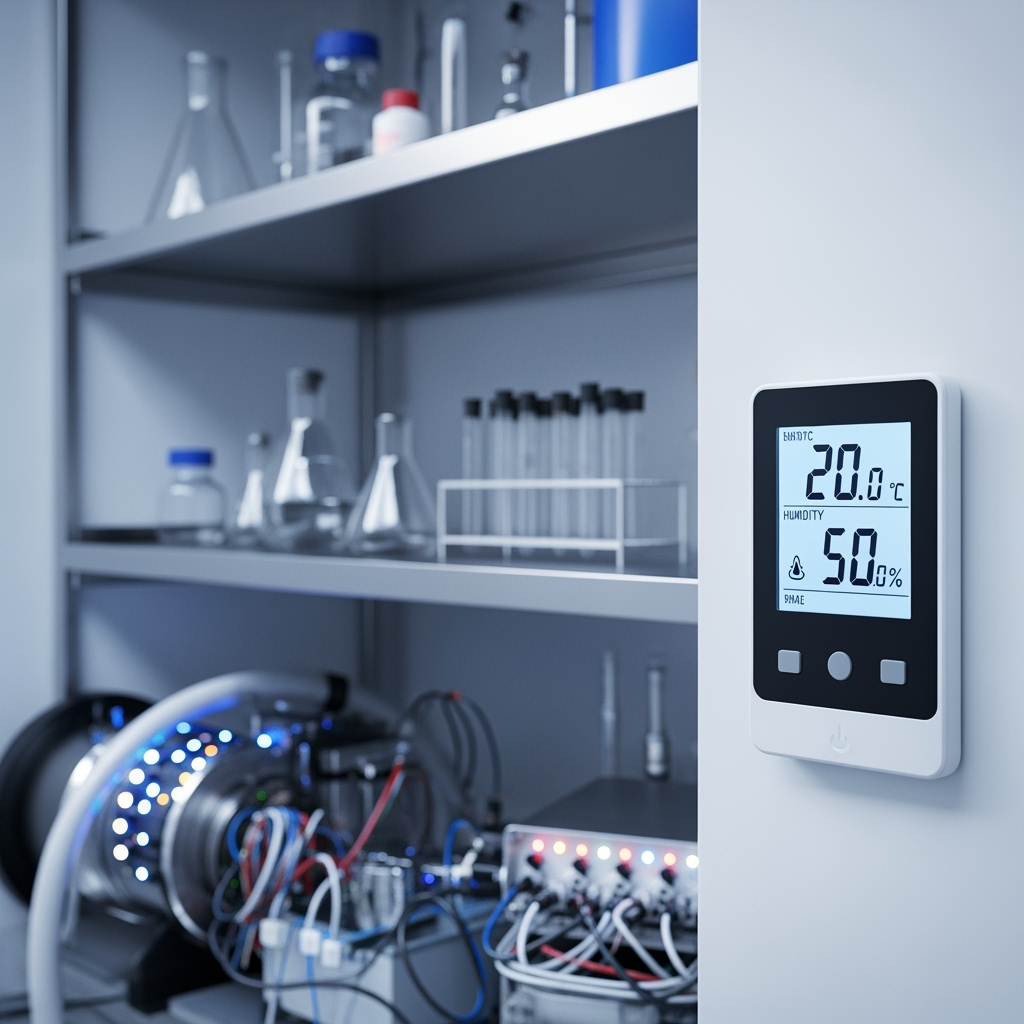
For scientific businesses, research facilities, and laboratories, proper storage of sensitive equipment is crucial for maintaining accuracy, protecting investments, and ensuring compliance with industry standards. This comprehensive guide will help you understand how to effectively utilize climate-controlled storage for your valuable laboratory equipment.
Understanding the Importance of Climate-Controlled Storage for Lab Equipment
Laboratory equipment represents a significant investment and requires precise environmental conditions to maintain calibration and functionality. Temperature fluctuations, humidity changes, and environmental contaminants can compromise sensitive instruments and affect research outcomes.
Key Features of Proper Laboratory Equipment Storage
- Temperature stability within ±2 degrees Celsius
- Humidity control between 30-50%
- Protection from UV exposure
- Dust-free environment
- Proper ventilation systems
- Anti-static protection measures
Essential Storage Considerations for Different Equipment Types
Optical Equipment
Microscopes, spectrometers, and other optical instruments require specialized storage conditions to prevent lens degradation and maintain precise calibration. Store these items in dedicated cases with desiccant packets to control moisture.
Electronic Instruments
Digital measuring devices, analyzers, and computerized equipment need protection from static electricity and electromagnetic interference. Use anti-static packaging and maintain consistent power conditions.

Precision Measurement Tools
Balances, calibration equipment, and measurement devices require stable environments to maintain accuracy. Consider dedicated storage cabinets with vibration isolation.
Monitoring and Maintenance Requirements
Temperature Monitoring
Implement continuous temperature monitoring systems with alerts for any deviations from acceptable ranges. Keep detailed logs for compliance and quality assurance purposes.
Humidity Control
Use professional-grade dehumidifiers and moisture monitors to maintain optimal humidity levels. Regular checks and maintenance of these systems are essential.
Organization and Inventory Management
- Implement a detailed inventory tracking system
- Label all equipment with proper identification and storage requirements
- Maintain access logs for security and compliance
- Regular inventory audits and condition assessments
Compliance and Documentation
Maintain comprehensive records of:
- Environmental conditions monitoring
- Equipment maintenance schedules
- Calibration certificates
- Access logs and security measures
- Insurance documentation
Emergency Preparedness and Protection
Develop and maintain:
- Backup power systems for critical equipment
- Emergency response procedures
- Equipment evacuation plans
- Regular staff training on emergency protocols
Cost-Effective Storage Solutions
Consider these strategies to maximize your storage investment:
- Optimize space utilization with proper shelving and storage systems
- Share storage facilities with compatible businesses
- Implement preventive maintenance programs
- Regular assessment of storage needs and adjustment of space allocation
Professional Services and Support
Consider working with:
- Certified climate-control specialists
- Equipment calibration services
- Environmental monitoring professionals
- Security system providers
Conclusion
Proper storage of laboratory equipment is essential for maintaining the accuracy, longevity, and reliability of your scientific instruments. By implementing these climate-controlled storage solutions and best practices, you can protect your valuable equipment while ensuring compliance with industry standards and regulations. Regular monitoring, maintenance, and documentation will help maintain the integrity of your stored equipment and support your business’s success.










Leave a Reply